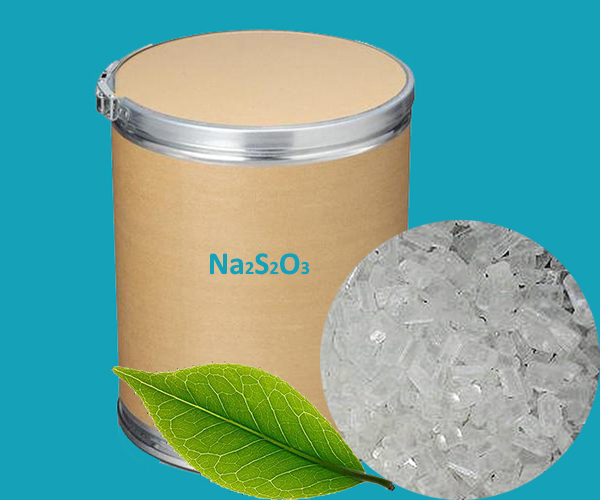Sodium thiosulfate, which is also referred to as sodium sulphate, is a chemical compound that has the formula Na2S2O3.It is typically found in its pentahydrate form which is either white in colour, or colourless altogether.
Properties of Sodium Thiosulfate
In its anhydrous form, sodium thiosulfate has a molar mass of 158.11 grams per mole. The more commonly available pentahydrate from, Na2S2O3.5H2O has a molar mass of 248.18 g/mol.
It has a white, crystalline appearance as a solid and is odourless.
The density of sodium thiosulfate corresponds to 1.667 grams per cubic centimetres.
The pentahydrate of this salt has a melting point of 321.4 K and a boiling point of 373 K.
The solubility of sodium thiosulfate in water is 70.1g/100 mL at 20oC and 231g/100mL at 100o
The crystal structure of Na2S2O3 crystals is monoclinic.
Uses of Sodium Thiosulfate
Na2S2O3 is a very important chemical compound in the medical treatment of cyanide poisoning cases.
Sodium thiosulfate is also used medically to treat dermatophytosis (ringworm) and tinea versicolor.
The side effects of chemotherapy and hemodialysis (purification of blood) are treated with Na2S2O3.
It is a very important compound in analytical chemistry since it stoichiometrically reacts with iodine to reduce it to the iodide ion while it is oxidized to the S4O62- (tetrathionate) ion.
Sodium thiosulfate salts are used as photographic fixers due to the ability of the thiosulfate ions to react with silver halides, which make up photographic emulsions.
Ammonium thiosulfate and sodium thiosulfate make up lixiviants (liquid mediums used in hydrometallurgy) which are used in the extraction of gold from its ores.
In order to reduce the chlorine levels in water bodies, Na2S2O3 is used in the dechlorination process.
 English
English Español
Español Português
Português Français
Français Deutsch
Deutsch Русский
Русский 中文
中文 日本語
日本語
